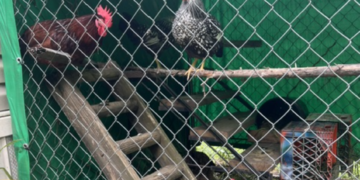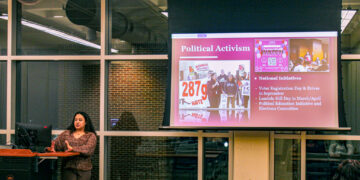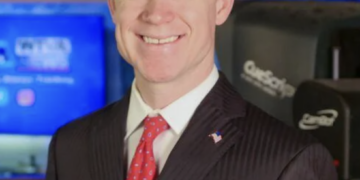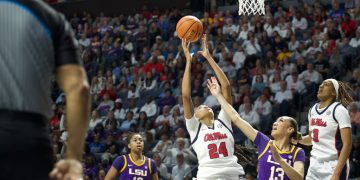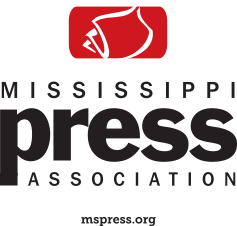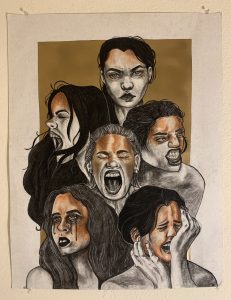
As artificial intelligence comes into discussion in almost every career field and academic study, it makes sense that AI would infiltrate the world of the arts. Digital art is no exception.
Pete Eckert, who is an art major at the University of Mississippi with an emphasis in graphic design, sees AI as a tool that will inevitably impact every industry.
“To me, AI is a disruptive force which is both harmful and beneficial at once,” Eckert said. “Since we are only at the beginning of the AI wave, the significance of its impact hasn’t been fully felt. It will impact the art world just like it will impact any industry.”
Rather than AI being used solely to create art, Sky Walters, a UM art major with an emphasis in graphic design, believes that it can be used as a source or a reference tool to figure out certain concepts such as color schemes.
“Pinterest and other sites give inspiration, so I think AI (generated images) can be used for inspiration,” Walters said.
Despite its potential and many capabilities, Eckert also points out that technology cannot achieve everything when it comes to art, and that human creativity will always triumph.[Text Wrapping Break]
“What AI can do is amazing, but I believe we will always assign greater worth to human originality,” Eckert said. “A computer program cannot fully capture the nuance and emotion of a living being, which is an essential part of authentic artistic expression.”
AI is and will continue to impact different workfields and educational spaces. Walters explains that AI should be acknowledged in a new way in artist education.[Text Wrapping Break]
“When it comes to education, I definitely think it needs to be emphasized that you can use it as a reference or a resource but not as the final product,” Walters said.
Eckert also thinks that AI will become another aspect of education but stresses the importance of what makes art amazing in the first place.
“Like any new technology disruption, we need to pay careful attention to AI. It should become a tool in the toolbox, and it will become common in school curriculum. It will also evolve. Yet, we need to preserve what makes art so unique,” Eckert said.
Eckert believes that what makes art special actually comes from the perspective and vision from the artist.
“True art — whether that is a painting, a song or even a digital campaign that moves people — is judged for the unique vision of the artist and not for the time and labor it took to make it,” Eckert said.
Walters also explains that AI entering the art field is definitely on the minds of many other artists with the concern of AI replacing tasks artists are capable of doing.
“I definitely think what worries me about (AI) is that, slightly, how advanced it’s getting,” Walters said. “I’ve talked to a bunch of different artists who are worried about this as well or have some concerns about it, quote unquote, ‘stealing jobs.’”
Eckert argues that despite technology’s growth it will never be a full-on replacement for human creativity.
“There is no real replacement yet for human originality, emotion, and vision. Artists will continue to influence society in amazing ways well into the future,” Eckert said. “AI, I think, will become another paint brush to use.”




